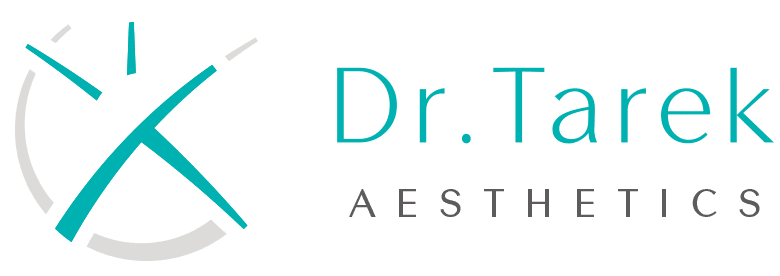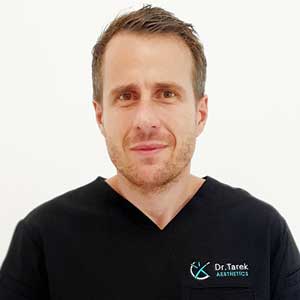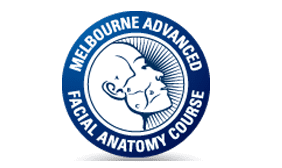When it comes to communicating your Liposuction goals, it is crucial to establish transparent and effective dialogue with your surgeon. Clear communication sets the right expectations and achieves the desired results. Communication and Liposuction together form the foundation for a successful surgical experience.
| Key Aspect | Importance |
| Dialogue | Fosters trust between patient and surgeon. |
| Outcome Clarity | Reduces chances of post-surgery regrets. |
| Consistent Updates | Assists in achieving desired results. |
| Transparency | Ensures a clear understanding of the process. |
| Goal Alignment | Promotes post-operative satisfaction. |
| Comfort Level | Determines the ease of ongoing communication. |
This table emphasises the importance of various aspects of communication in the context of liposuction, highlighting the significance of each in achieving successful outcomes.
Understanding the Basics: What You Need to Know Before Conversing
Before discussing your goals, it’s essential to comprehend the fundamentals of liposuction. This knowledge equips patients to make informed decisions and set realistic expectations. A foundational understanding also streamlines communication with the surgeon.
Comprehensive Fat Removal is a way to get rid of extra fat from different parts of your body to help you look and feel better.
Book A Consultation With Dr Tarek Bayazid
Top-rated Plastic Surgeon For Liposuction in Dubai
Installment Plan Available
- Procedure Knowledge: Familiarity with the process can help clarify expectations.
- Realistic Goals: Knowing the basics can prevent unrealistic aspirations.
- Informed Decisions: Proper understanding assists patients in making well-informed choices.
Expressing Your Desired Outcomes Effectively

Articulating your desired results can significantly influence the surgery’s success. It allows the surgeon to tailor the procedure according to your specifications. Effective communication translates to more satisfactory results and a smoother recovery.
- Visual Examples: Providing photographs can help depict desired outcomes.
- Clear Descriptions: Verbally expressing goals can ensure surgical precision.
- Feedback Loop: Regularly discussing expectations can clarify any ambiguities.
Asking the Right Questions About the Procedure
Inquisitiveness ensures you are well-prepared for the surgery. By posing relevant questions, patients can dispel doubts and reduce anxieties. Furthermore, it aids in fostering a more transparent relationship with the surgeon and knowing more about the warning signs of liposuction.
- Procedure Steps: Understanding each phase helps in preparation.
- Recovery Time: Knowing downtime aids in post-surgical planning.
- Potential Side Effects: Being aware of possible complications ensures better preparedness.
Sharing Previous Medical History and Concerns

A comprehensive medical history of “Preoperative Health Checks” can influence the success of liposuction. Sharing past surgeries or allergies can guide the surgeon’s approach. Open disclosure ensures a safer procedure and reduces post-operative complications.
- Medical Records: These provide insights into possible surgical complications.
- Allergy Information: It’s crucial for determining anaesthesia and medication choices.
- Previous Procedures: This can inform the surgeon about potential risk areas.
Discussing Potential Risks and Rewards
Every surgical procedure has its potential benefits and risks. A thorough discussion helps patients weigh the pros and cons and get the answer to “How safe is liposuction for older adults?” This ensures they are making an informed decision based on a comprehensive understanding.
- Expected Benefits: Understanding potential positive outcomes can set realistic expectations.
- Risk Awareness: Knowing potential complications helps in informed decision-making.
- Post-operative Care: Discussing aftercare can enhance recovery and results.
Utilising Visual Aids for Better Clarity
Visual aids play an integral role in setting expectations. They offer a tangible reference point for both patient and surgeon. From pre-surgery simulations to post-operative comparisons, visuals ensure clarity and satisfaction.
- Before-After Photos: These can help establish achievable goals.
- Simulation Tools: Modern tools can offer a virtual glimpse into post-operative results.
- Anatomical Diagrams: These can aid in understanding the procedure’s intricacies.
The Importance of Feedback During Consultation
Feedback is a two-way street in medical consultations. While patients express their desires, surgeons provide expert opinions and advice. This dynamic exchange ensures that the procedure aligns with the patient’s goals while staying medically sound.
- Open Dialogue: Encouraging questions can lead to clearer expectations.
- Surgeon’s Expertise: Leveraging their experience can enhance results.
- Continuous Feedback: Regular check-ins can monitor progress and satisfaction.
Evaluating Your Comfort Level with the Surgeon’s Approach
The rapport between the patient and surgeon is crucial. A comfort level ensures open communication, trust, and, ultimately, satisfaction with the procedure’s outcome. Patients should assess their feelings towards the surgeon’s techniques and demeanour.
- Trustworthiness: Trust in the surgeon’s capabilities can enhance the overall experience.
- Openness: A surgeon’s willingness to discuss and adapt is crucial.
- Professionalism: Assessing the surgeon’s professional approach ensures patient comfort.
Post-procedure Communication: Ensuring Continuity of Care

Post-operative care is as vital as the surgery itself. Communication shouldn’t cease post-procedure. Continual dialogue ensures any complications are addressed promptly and recovery is on track.
- Follow-up Appointments: Regular check-ins monitor recovery progress.
- Addressing Concerns: Immediate communication can mitigate potential issues.
- Continued Guidance: A surgeon’s advice can aid in maintaining the results over time.
In essence, the bond of “Communication and Liposuction” cannot be understated. An open line of communication ensures both the surgeon and the patient align with their objectives, paving the way for successful outcomes and high satisfaction.
Dr Tarek Bayazid, a premier plastic surgeon in Dubai, is renowned for his advanced techniques, ensuring natural results. With credentials from Belgrade University and memberships in esteemed global societies, he’s committed to patient safety and boasts an artistic touch.
Experience unparalleled aesthetic excellence. Book a consultation with Dr Tarek Bayazid today.











Related Posts